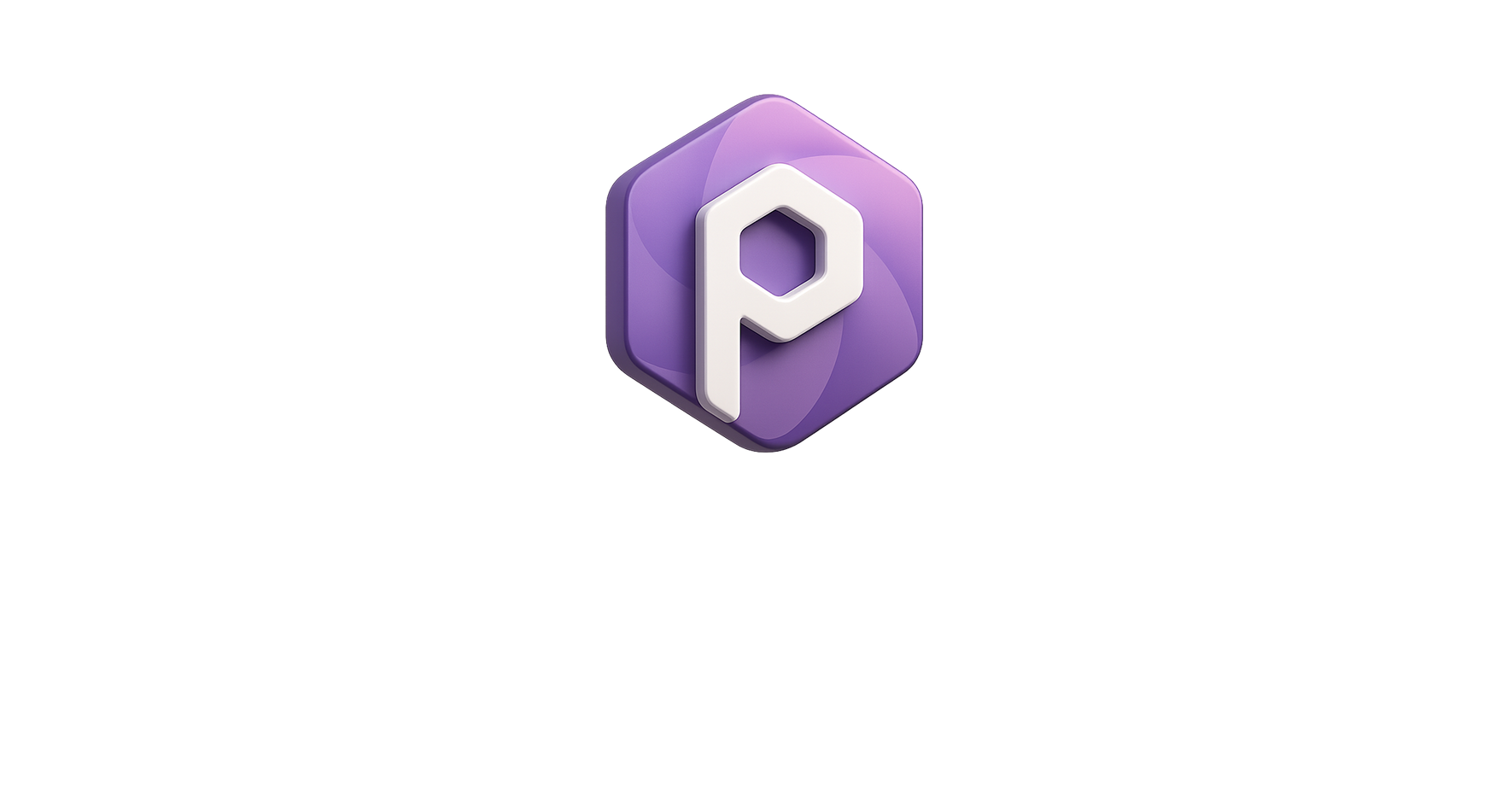How Automation Is Driving Cost Savings in Procurement
Introduction
The world of procurement is rapidly changing, and automation is at the forefront of this transformation. Traditionally, procurement processes have been manual, labor-intensive, and time-consuming, often leading to errors, delays, and unnecessary costs. However, with advancements in technology, automation is now playing a pivotal role in driving cost savings and improving procurement outcomes. In this article, we’ll explore how automation is revolutionizing procurement, the benefits it brings, and how businesses can implement automation strategies to optimize their procurement processes.
1. Streamlining Procurement Processes ⏱️
Manual procurement processes are often bogged down by paperwork, back-and-forth communication, and repetitive tasks. This not only wastes valuable time but also increases the risk of human error. Automation allows businesses to streamline procurement workflows by reducing the need for manual input and enabling faster, more accurate decision-making.
Tip: Invest in end-to-end procurement platforms that automate the entire procurement cycle, from supplier selection to invoice processing, to enhance operational efficiency.
2. Reducing Operational Costs 💸
One of the most significant advantages of automation is its ability to reduce operational costs. By eliminating manual tasks, businesses can reduce labor costs and minimize the risk of costly errors. Additionally, automation can help companies avoid overstocking or understocking, reducing excess inventory costs.
Tip: Leverage predictive analytics and automated reorder systems to optimize inventory management and ensure cost-effective purchasing.
3. Enhancing Supplier Management 🔗
Supplier management is a crucial component of procurement, and automation can improve the efficiency of supplier interactions. Manual processes often involve lots of emails, phone calls, and paperwork, which can lead to delays and miscommunication. Automation can streamline supplier communication, ensuring timely deliveries, accurate orders, and stronger relationships.
Tip: Use supplier management systems to track supplier performance, monitor compliance, and facilitate clear communication to build stronger, more efficient partnerships.
4. Better Data Accuracy and Decision-Making 📊
Manual data entry is prone to human error, which can lead to inaccurate orders, incorrect payments, and poor decision-making. Automation ensures that procurement data is accurate, up-to-date, and consistent across all systems, leading to better decision-making and fewer costly mistakes.
Tip: Use procurement analytics tools to analyze data and gain insights that can lead to smarter purchasing decisions and long-term cost savings.
5. Improving Compliance and Risk Management 🔒
Ensuring compliance with contracts, regulations, and internal policies is a crucial part of the procurement process. Manual monitoring and tracking of compliance can be cumbersome and error-prone. Automation helps businesses mitigate risks and maintain compliance by tracking contract terms, supplier performance, and regulatory requirements in real-time.
Tip: Implement automated compliance checks and contract management systems to ensure that your procurement activities remain in line with company policies and legal requirements.
6. Leveraging Automation to Maximize Procurement Efficiency 🚀
As businesses adopt automation, they can optimize every aspect of their procurement process—from supplier selection to payment processing—leading to greater efficiency and reduced costs. Automation not only accelerates procurement cycles but also enhances transparency, allowing businesses to monitor their procurement activities in real-time.
Digital procurement platforms like ProcurPal offer end-to-end automation solutions that streamline procurement workflows, manage supplier relationships, and track spending. By integrating automation into their procurement processes, businesses can unlock significant cost savings, improve operational efficiency, and strengthen their supplier partnerships.
Final Thoughts
Automation is no longer a luxury but a necessity in modern procurement. By automating repetitive tasks, improving data accuracy, reducing operational costs, and enhancing supplier relationships, businesses can achieve significant cost savings and drive greater efficiency in their procurement processes. For organizations looking to stay competitive, embracing automation is key to optimizing procurement strategies and achieving long-term success.




Leave a Reply